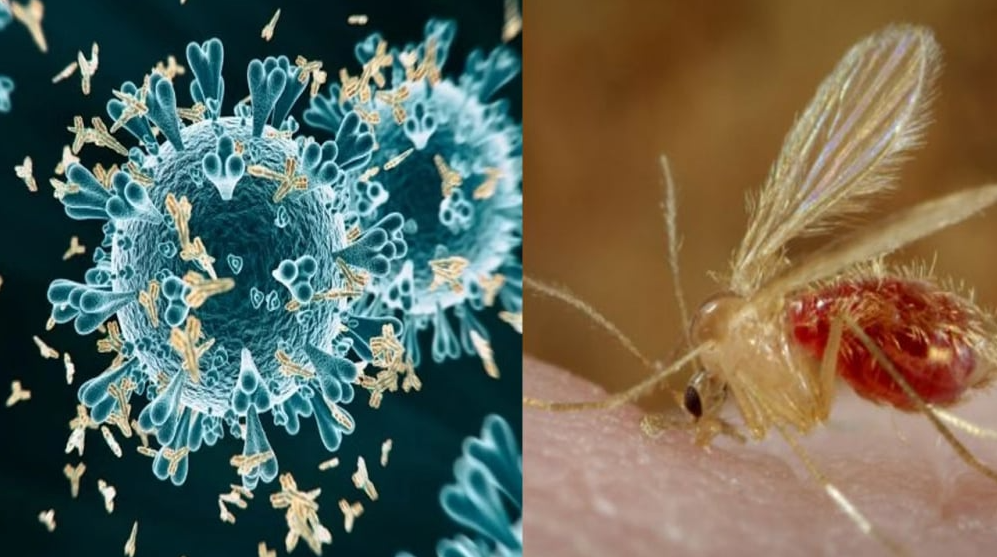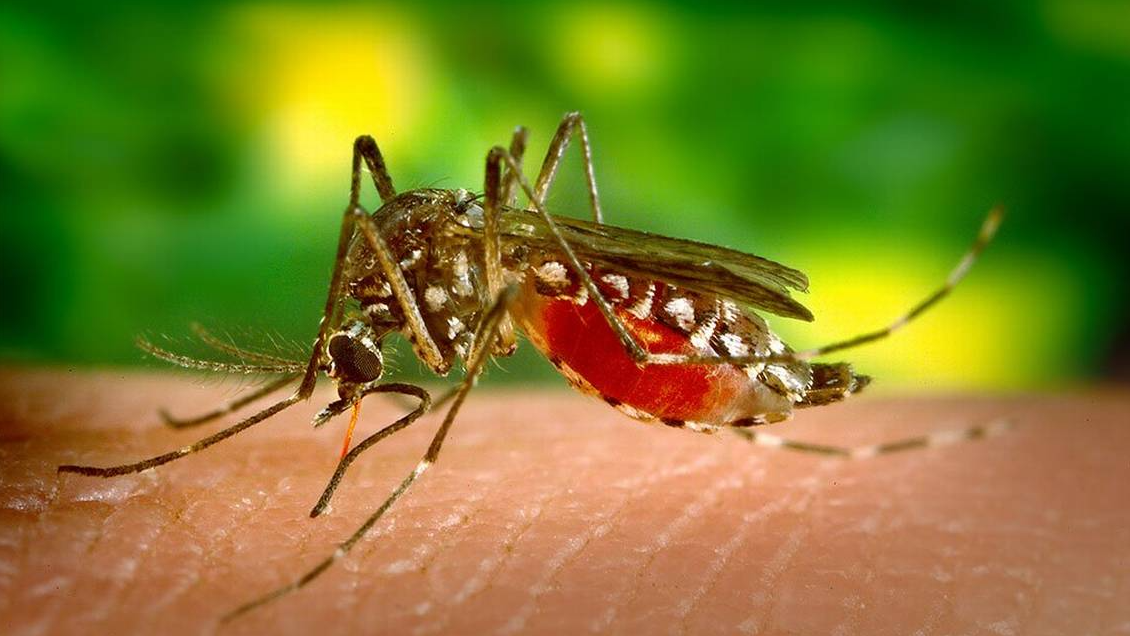In recent months, Kyasanur Forest Disease (KFD), commonly known as monkey fever, has been making headlines in Karnataka, India. Let’s delve into the details of this viral hemorrhagic disease, its symptoms, and preventive measures.
What is Monkey Fever (KFD)?
Monkey fever, scientifically known as Kyasanur Forest Disease (KFD), is a tick-borne viral illness that poses a severe threat to both humans and primates. The disease is primarily transmitted through the bites of infected ticks that reside on monkeys. Here are some key points about KFD:
- Transmission: The causative agent of KFD is the Kyasanur Forest Disease Virus, which belongs to the tick-borne encephalitis (TBE) complex. Various tick species, with Haemophysalis spinigera being the principal vector, transmit the virus. Humans can become infected by direct contact with cattle that have been bitten by infected ticks.
- Symptoms: The symptoms of monkey fever typically start with a sensation of cold, followed by a severe pounding headache. Other initial signs include abrupt chills and high fever. Visible symptoms usually appear 2 to 7 days after infection. In severe cases, the disease may cause bleeding from the nose, throat, gums, and even the intestines. In some instances, it can lead to bleeding in the lungs or intestinal blood loss, potentially resulting in death.
- Geographical Spread: KFD originated in Karnataka’s Kyasanur Forest in 1957. Since then, it has spread to new regions and states across India. Health reports indicate an average of around 500 human cases annually, with 5-10% of those infected experiencing hemorrhagic symptoms. Over the past five years, there have been at least 340 confirmed fatalities due to KFD.
Preventive Measures
To protect yourself and your community from monkey fever, consider the following preventive measures:
- Tick Control: Controlling tick populations, especially in wildlife areas where monkeys reside, is crucial. Regular checks for ticks on animals and humans can help prevent transmission.
- Awareness Campaigns: Health authorities have launched door-to-door awareness campaigns to educate the local population about KFD. These campaigns emphasize the importance of recognizing symptoms early and seeking medical attention promptly.
- Personal Protection: When visiting forested areas, wear protective clothing (long sleeves, pants, and closed-toe shoes) to minimize exposure to ticks. Use insect repellents containing DEET on exposed skin.
- Avoid Contact with Infected Animals: Avoid handling sick or dead monkeys. If you come across a dead monkey, report it to local health authorities.
Remember that early detection and timely medical intervention are crucial in managing monkey fever. Stay informed, take preventive measures, and seek medical help if you experience any symptoms associated with KFD1.
Stay safe and vigilant! 🌿🦠






































